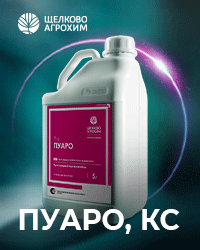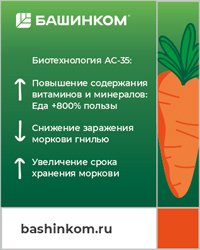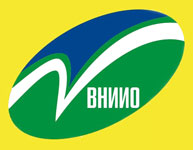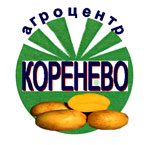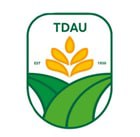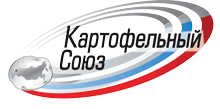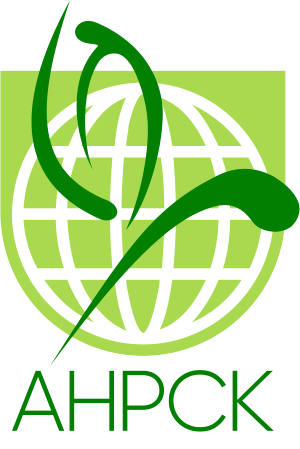The studies were conducted in 2016–2018 in the laboratory of genetics, breeding and biotechnology of vegetable crops of the RSAU – MTAA. The aim of the research is to assess the efficiency of known molecular markers orfA501 и 5» cob to genotype a type of onion (Allium cepa L.) male sterility inducing cytoplasm’s, CMS- (S) and CMS- (T) and normal (N) cytoplasm, to genotype restorer fertility and maintainer sterility alleles Ms/ms of a nuclear gene, marker of onion downy mildew resistance gene. The use of these two marker systems (orfA501 и 5» cob) confirmed the type of cytoplasm of all screened male sterility onion plants. Six onion accessions had CMS-S type of cytoplasm, four accessions – CMS-T and two accessions had normal N-cytoplasm. The efficiency of recommended DNA-marker JnurF13 to genotype restorer fertility (Ms) allele and maintainer sterility (ms) allele of a nuclear gene was confirmed using a set of different onion accessions. The use of molecular marker Jnurf 13 helps to genotype the onion plant in relation to allelic state of the sterility maintainer allele (ms) in plants with N-cytoplasm and shortens the process of developing sterility maintainer lines. Allium roylei is completely resistant to downy mildew which is controlled by a single dominant Pd1 gene. Marker DMR1 of onion downy mildew resistance gene was studied using an accessions of Timofeev’s plant breeding station (RSAU – MTAA) involved in a breeding programs and commercial cultivars of foreign companies.
Keywords: onion (Allium cepa L.), cytoplasmic male sterility, DNA markers, downy mildew, resistance gene, restorer fertility, maintainer sterility.
R.R. Alizhanova, postgraduate, Department Botany, Plant Breeding and Seed Technology, RSAU-MTAA; tel. 8–915–425–63–29. E-mail: rada.aliz@mail.ru.
S.G. Monakhos, Head of the Department Botany, Plant Breeding and Seed Technology,
RSAU-MTAA, Dr. Sci. in Agricultural sciences; tel. +7 (499) 976–41–71. E-mail: s.monakhos@rgau-msha.ru.
G.F. Monakhos, PhD, General Director, Limited company «Breeding station after N.N. Timofeev»; tel. +7 (499) 977–11–74. E-mail: breedst@mail.ru.
- Clarke, A.E., H.A. Jones, and T.M. Little. Inheritance of bulb color in onion. Genetics. 1944. No 29: Pp. 569–575.
- Berninger E. Contribution a l'etude de la sterilite male de l'oignon (Allium cepa L.). Ann. Amelior. Plant (Paris). 1965.No 23. Рp. 183–199.
- Jones H., S. Emsweller. A male sterile onion. Proc. Amer. Soc. Hort. Sci. 1936. No 34. Pp. 582–585.
- Schweisguth B.. Etude d’un nouveau type destérilité mâle chez l’oignon, Allium cepa L. Ann. Amelior. Plant. 1973. No 23. Pp. 221–233.
- Engelke T., Terefe D., Tatlioglu T. A PCR-based marker system monitoring CMS- (S), CMS- (T) and (N) -cytoplasm in the onion (Allium cepa L.). Theor. Appl. Genet. 2003. No 107 Рp. 162–167.
- Kim S. A codominant molecular marker in linkage disequilibrium with a restorer-of-fertility gene (Ms) and its application in reevaluation of inheritance of fertility restoration in onions. Mol Breeding. 2014. No 34. Рp.769–778.
- Seongjun Kim, Cheol-Woo Kim, M Choi, Sunggil Kim. Development of a simple PCR marker tagging the Allium roylei fragment harboring resistance to downy mildew (Peronospora destructor) in onion (Allium cepa L.) // Euphytica. 2015. DOI: 10.1007/s10681–015–1601–2.
- Murray M.G., Thompson W.F. Rapid isolation of high-molecular-weight plant DNA // Nucleic Acids Res. 1980. No 8. Pp. 4321–4325.
- Kofoet A., Zinkernagel V. (1990) Resistance to downy mildew (Peronospora destructor (Berk.) Casp.) in Allium species. // J. Plant Dis Prot. 97 (1) Pp. 13–23.


